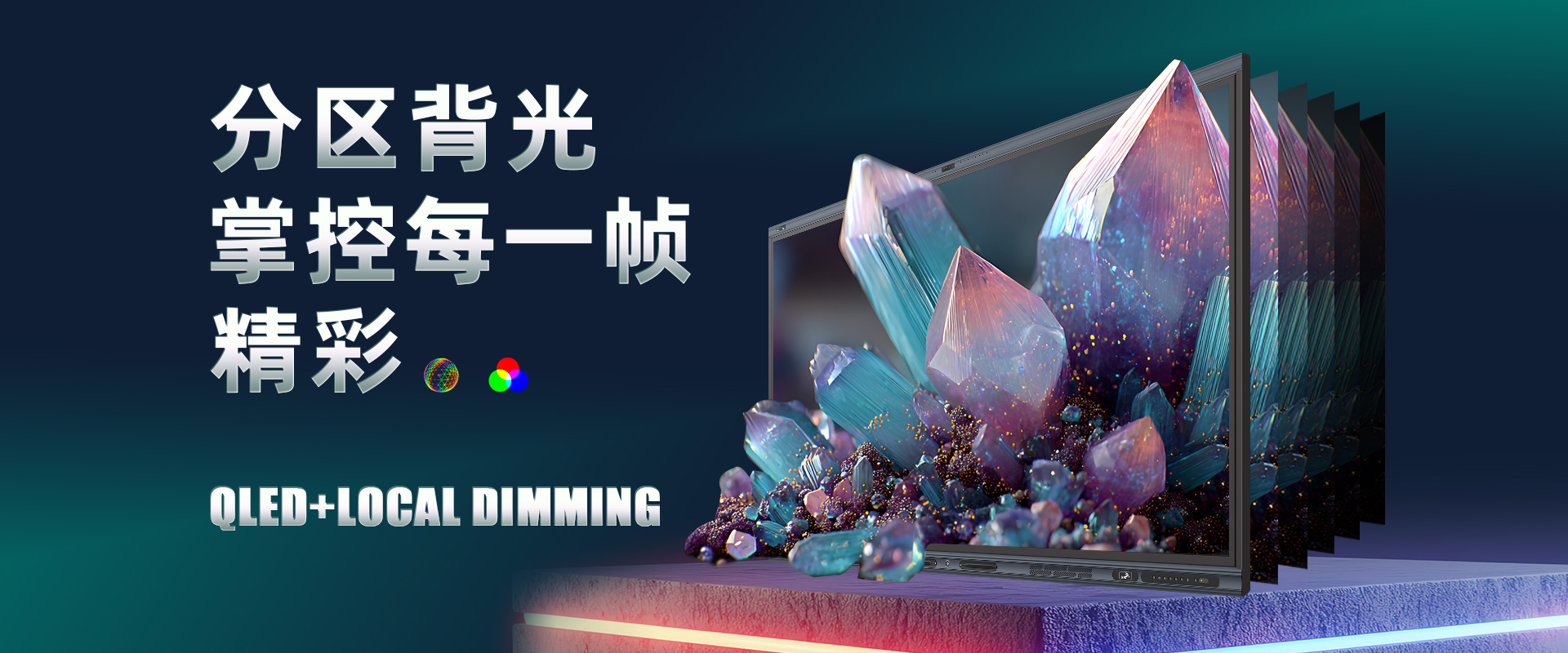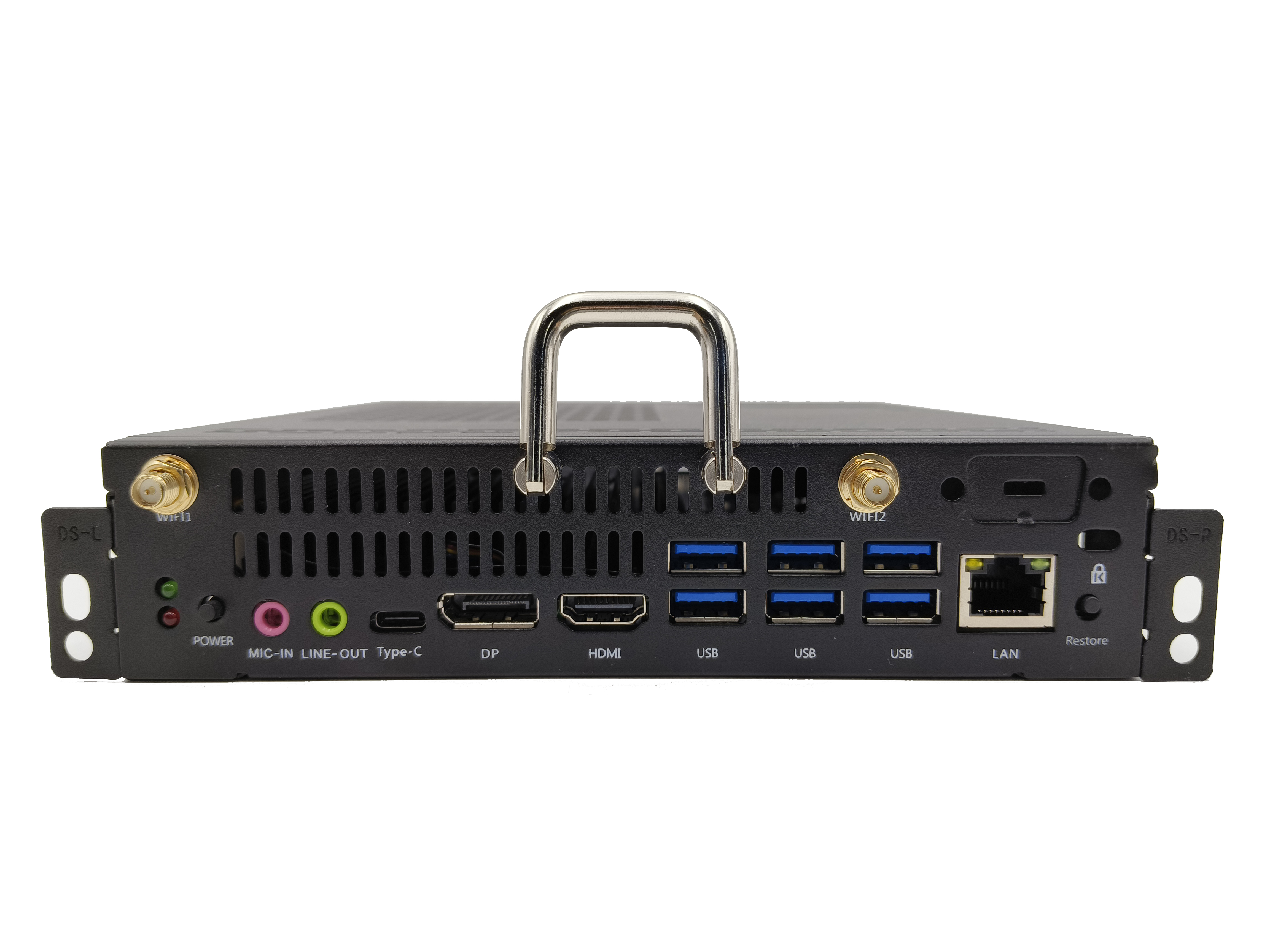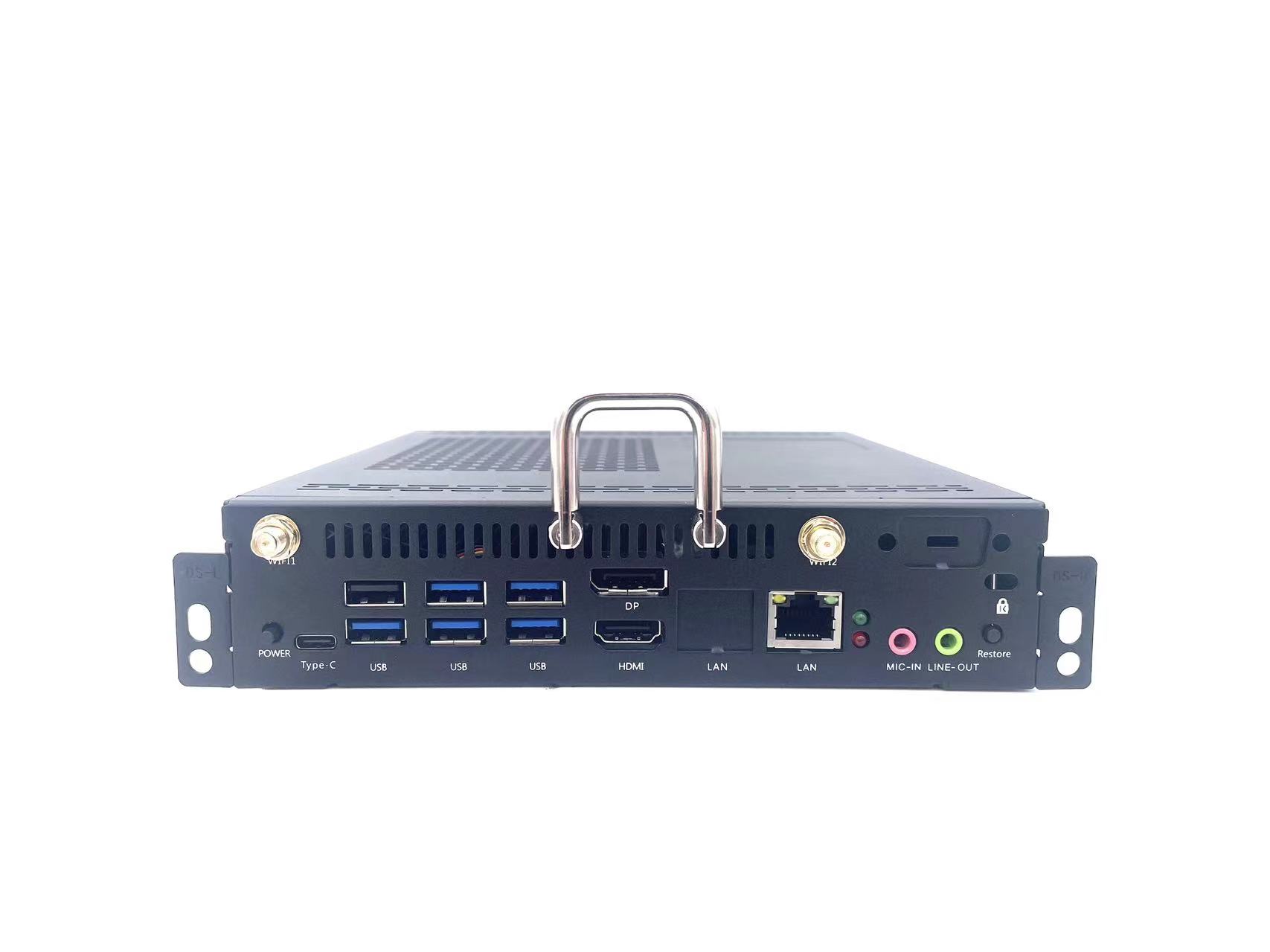Of the same size,Educational All-in-One MachineThe display area is much higher than that of an electronic whiteboard.
From the perspective of actual display area, the display area of the edge of the electronic whiteboard, which is 84-89 inches, is approximately 80 inches due to factors such as borders, display ratio, and functional implementation. The actual display area is much smaller than the product size.
Taking a certain brand product on the market as an example, the actual display area of an 89.3-inch electronic whiteboard projection is only 77.1 inches.
The size of an educational all-in-one machine is calculated based on the size of the LCD screen, and the actual display and touch area is equal to the product size. For example, the display and touch area of an 86 inch educational all-in-one machine are both 86 inches. At the same size, the display area of an educational all-in-one machine is much higher than that of an electronic whiteboard, meaning that the display area of a smaller educational all-in-one machine is equal to that of a larger electronic whiteboard.

The viewing angle of the educational all-in-one machine is as high as 178 °, far higher than that of electronic whiteboards.
Perspective refers to the angle at which users can clearly observe all the content on the screen from different directions, and the larger the perspective, the wider the range that users can see. Overall, the viewing angle of the educational all-in-one machine is as high as 178 °, far higher than that of the projection whiteboard, providing the best visual experience for every corner of the classroom. However, if the viewing angle is too small, it can easily cause some areas in the classroom to be unclear. This problem can only be alleviated by expanding the area of the electronic whiteboard, so there is a greater requirement for the area of the electronic whiteboard.
The resolution of educational all-in-one machines is much higher than that of electronic whiteboards.
In terms of resolution, the current projection whiteboards for educational applications are generally 1024X768 or 1280X800, while the resolution of educational all-in-one machines is generally 1920X1080 (digital high-definition), and most of those over 75 inches can reach 4k resolution. So on a screen of the same size, educational integration opportunities will present more details, and colors will be more saturated and vivid. Undoubtedly, the visual experience will be better in actual teaching scenarios. On the other hand, due to its inherent low resolution, the problem of rough and delicate images on electronic whiteboards will become increasingly prominent. In order to ensure the normal viewing of display devices, it is necessary to turn off indoor light sources and shield outdoor light sources. However, such a teaching environment is very detrimental to the eye health of teachers and students. It can be seen that compared to electronic whiteboards, educational all-in-one machines are much better in terms of viewing angle, contrast, color gamut coverage, resolution, and other aspects. From the actual display effect, smaller educational all-in-one machines can meet the display requirements of much larger electronic whiteboards than themselves. It can be seen that the size standards of the two are completely different and cannot be confused.







.png)












